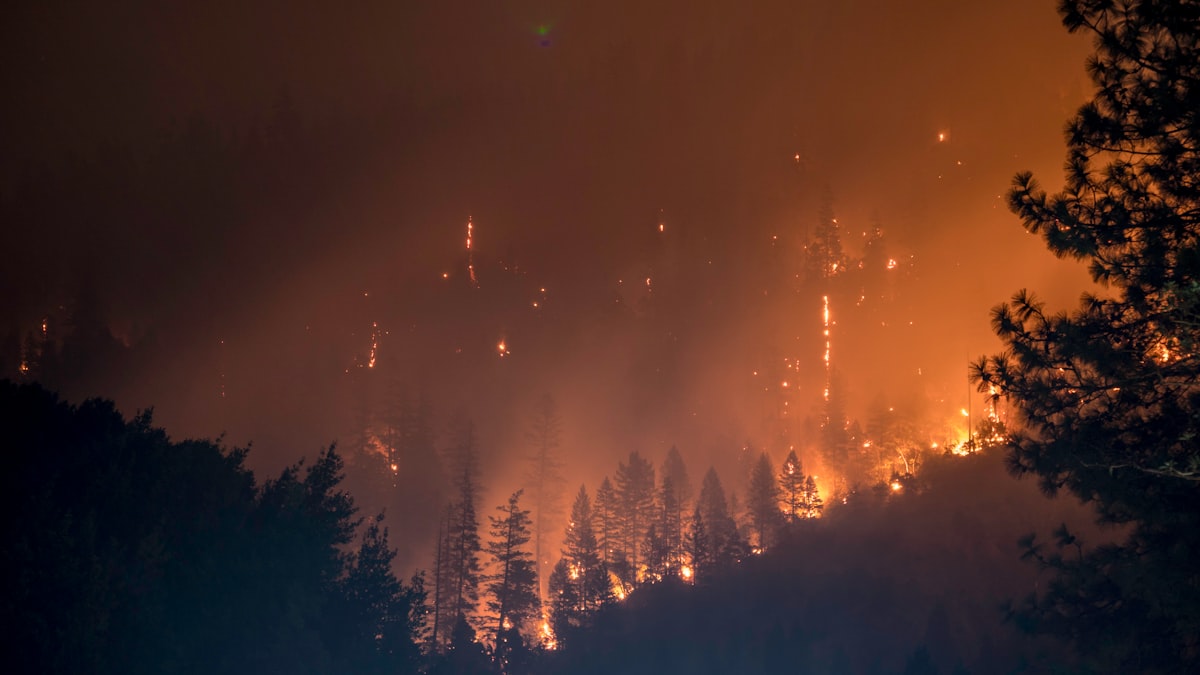So far this year, more than 1,000 forest fires in the country
The highest incidence is in temperate pine forests, located in the central zone of the country and around the Sierra Madre Occidental.

From January to March of this year, the National Forestry Commission (CONAFOR) recorded 1,244 forest fires in the Mexican Republic, with a total of 32,320 hectares affected. In 2020, 5,913 fires impacted 378,928 hectares; while in 2021, they increased to 7,337 and 660,735, respectively, according to the agency.
Christoph Neger, a researcher at UNAM's Institute of Geography (IGg), said that forest disasters have a higher incidence in temperate pine forests, which are located in the central zone of the country and around the entire Sierra Madre Occidental, Oriental, and Southern Sierra Madre. In tropical areas, there are fewer catastrophes, but when they appear they can be more serious because many of the ecosystems are not adapted to fire.
"If we look at a national map of the incidence of fires and add the polygons of natural protected areas, we can see that the incidence is lower in these regions because there the communities apply prevention measures; this can be a strategy to conserve forests and jungles. It is also important that the local people participate in fighting the fire because they are the ones who can get there the fastest," said the university professor.
He also assured that, according to the interviews he conducted as fieldwork with local people, there is interest in volunteering to attend a forest fire and some people even have tools that can be used for this task. "However, they need to be trained to avoid putting their own lives at risk."
The use of fire is a practice that is used in many countries and is given in a particular way, depending on their conditions. It is even convenient that to establish prevention measures in the different regions where it is known that there are higher incidences, the knowledge of the local communities should be taken into account.
A member of the IGg's Department of Social Geography commented that forest fires are a great challenge for the conservation of natural resources and research on climate change. For this reason, he invited young people to approach these topics to find new ways to manage them properly and avoid accidents with negative results for society.
Saving the forest
For 29 years, Ernesto Huertas Huertas has been one of the almost 27,000 forest firefighters in Mexico. He recalls that one of the strongest experiences he has lived through was when he had to drag out a colleague who fell at the edge of the fire.
"Fighting forest fires is dangerous, but we also enjoy it because we try to save the life of the forest; when we are not putting out the fire we do preventive work, such as firebreaks, pruning trees, and doing work inside the camp," he said.
Since 1985, he continued, I began to be a forest firefighter; one of the main points in this is prevention and, of course, timely detection, because the longer it takes to get to the place, the more vegetation burns. For this work it is necessary to love the forest and have the proper training to protect it, emphasized Mario Valdovinos, a firefighter at CONAFOR's Forest Fire Camp, Cima II.




